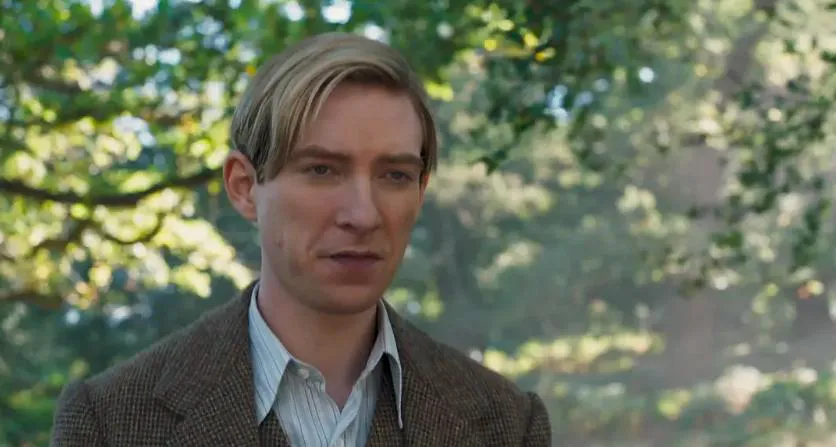“Goodbye Christopher Robin” is a compelling biographical drama that explores the poignant relationship between renowned British author A.A. Milne and his son, Christopher Robin. The film beautifully illustrates the profound bond between father and son and unveils the real-life inspirations behind beloved characters like Wendy, Peter Pan, and Winnie-the-Pooh. This analysis delves into the multifaceted relationship between Milne and Christopher Robin, examining themes of familial love, creative inspiration, and the complexities of childhood.
An Overview of “Goodbye Christopher Robin”
“Goodbye Christopher Robin” is a biographical drama that tells the story of the special relationship between the famous British children’s book writer Milne and his son Christopher Robin, and the story behind their co-creation of classic fairy tales. Here is a more in-depth analysis of the film:
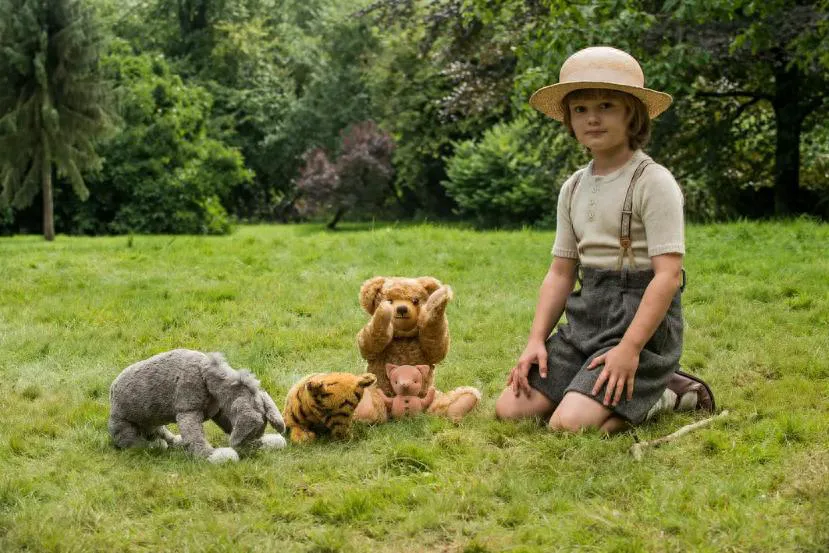
Set against the backdrop of early to mid-20th century England, the film captures a period of significant social change following World War I. The war profoundly impacted societal values and lifestyles. Christopher Robin’s formative years are depicted within this context, highlighting the influence of war on both society and family life.
A.A. Milne, portrayed as a successful playwright and novelist, grapples with creative dissatisfaction. A chance encounter with his son, Christopher Robin, reignites his inspiration.
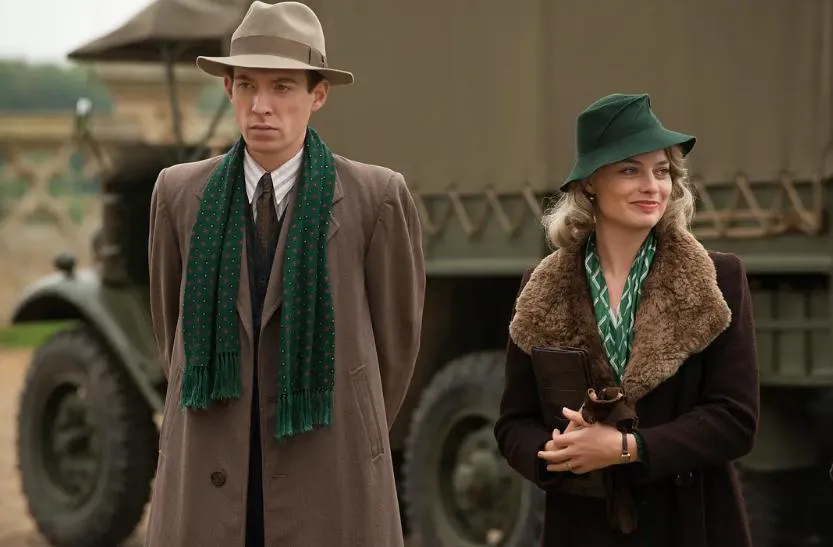
The film emphasizes the unique father-son dynamic between Milne and Christopher Robin. During Christopher’s childhood, his father is his closest friend and playmate, together they create an imaginative world. As Milne’s work gains popularity, he faces challenges in balancing his time and attention to his family.
Christopher Robin’s childhood is depicted as a realm of fantasy and creativity, nurtured by his father’s imaginative storytelling. However, his world is also impacted by the turbulent external environment of war.
The film reveals the origins of iconic characters like Wendy, Peter Pan, and Winnie-the-Pooh, showcasing how these creations reflect the deep emotional connection and cherished childhood memories shared between father and son.
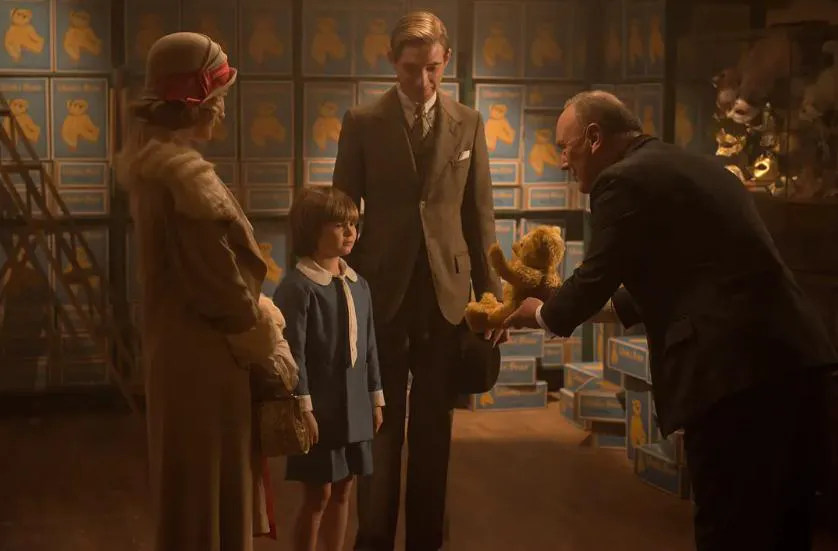
Milne’s internal struggles are explored, highlighting his desire to create meaningful work while feeling constrained by public expectations for children’s literature. He yearns to transcend the genre but finds it difficult to escape his identity as a children’s author.
The film poignantly portrays the conflict between Milne’s creative ambitions and his responsibilities as a father, revealing the challenges faced by successful creators in balancing personal aspirations with family obligations.
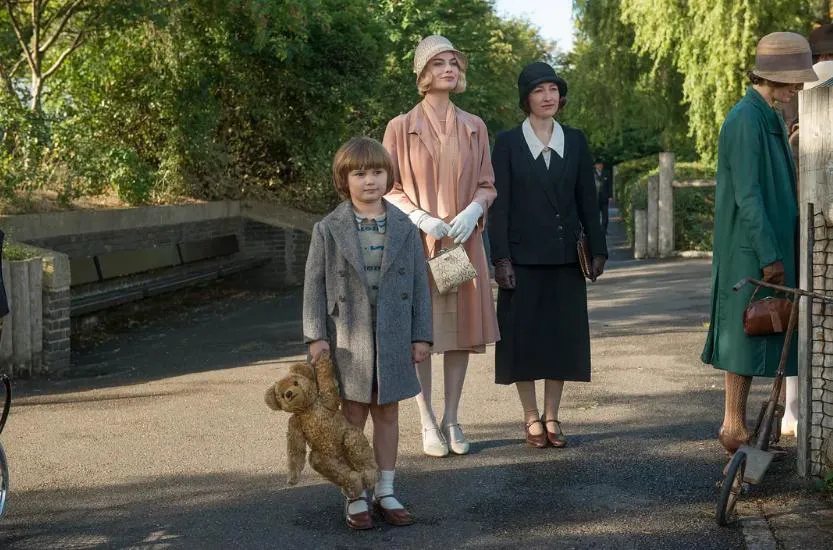
“Goodbye Christopher Robin” offers a poignant portrayal of the profound father-son relationship between A.A. Milne and Christopher Robin, and the story behind their co-creation of fairy tales. By exploring the intersection of family, creativity, and childhood, the film prompts viewers to reflect on parent-child relationships, creative inspiration, and the delicate balance between family and career. More than just a story about a writer and his son, it is a moving exploration of humanity, emotion, and the creative spirit.
A Deep Dive into Father-Son Emotions
The father-son dynamic is a central theme in “Goodbye Christopher Robin.” Through carefully crafted scenes, dialogues, and emotional expressions, the film offers a profound exploration of the unique relationship between Milne and Christopher Robin.
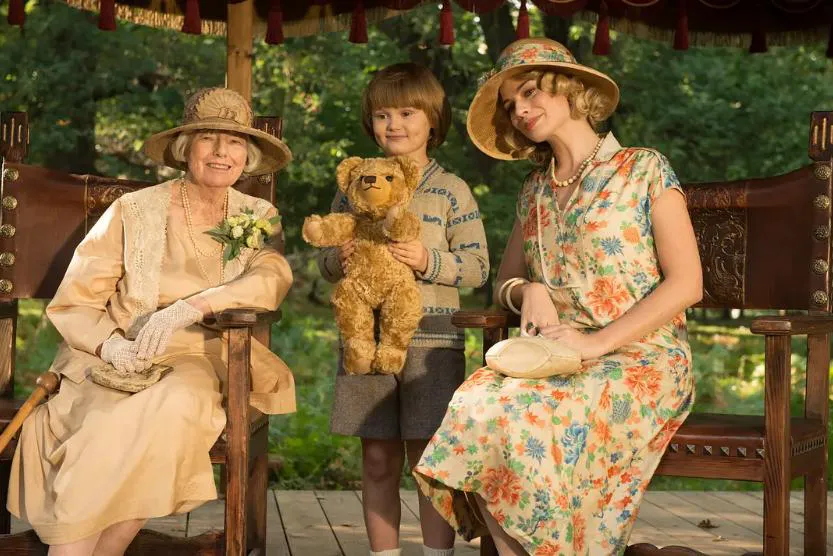
The film portrays Milne as a loving and attentive father who cherishes the precious moments of Christopher Robin’s childhood. Through heartwarming family scenes, viewers witness the deep affection and warmth that define their bond. This portrayal allows the audience to understand the strength of their connection.
Christopher Robin’s unwavering trust in his father is evident throughout the film. He shares his ideas and imagination with Milne, believing that his father can transform them into beautiful stories. This trust not only highlights their deep emotional connection but also reveals their effective communication and mutual understanding.
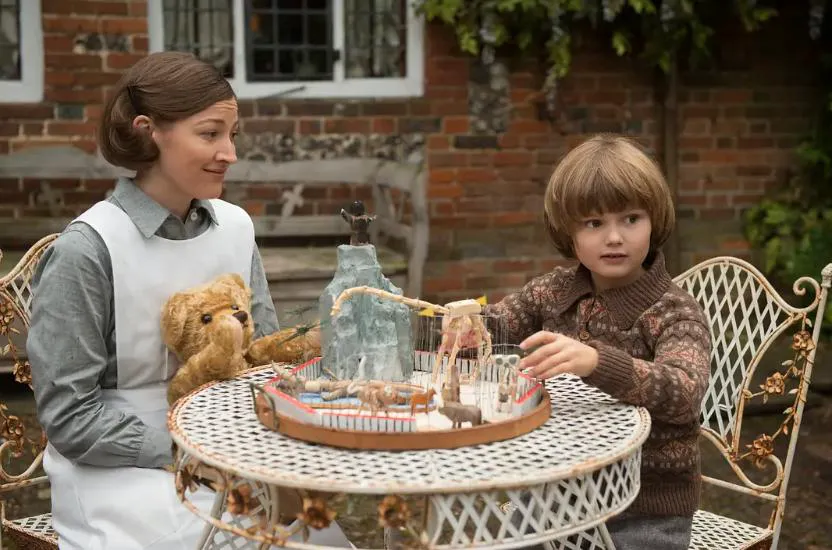
Beyond the idyllic moments, the film also explores emotional conflicts and complexities. As Christopher Robin grows older, he begins to perceive the impact of his father’s work on their family. This conflict allows viewers to appreciate the complexities of their relationship and the challenges of balancing career and family.
Milne navigates multiple roles as a father and a successful writer. He desires Christopher Robin to realize his full potential while also hoping for his happiness. Milne’s emotions and expectations are conveyed through his actions and expressions, adding depth to the character.
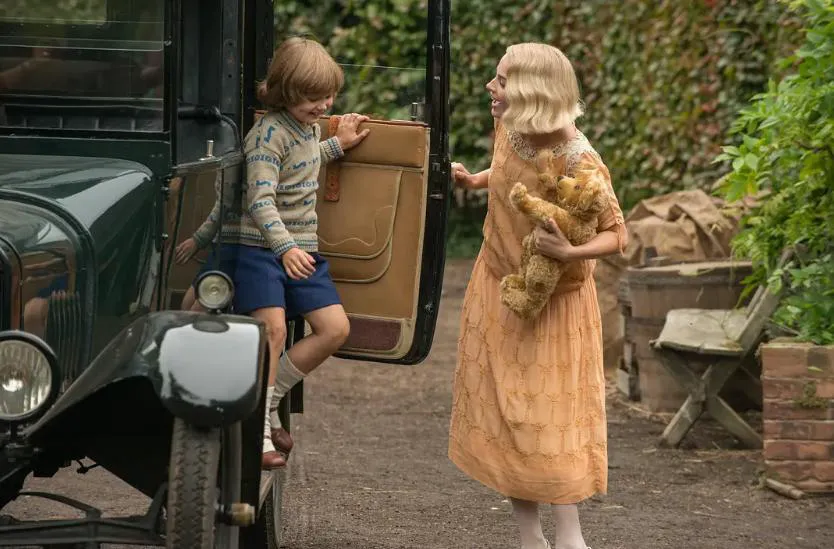
By showcasing both the highs and lows of their relationship, the film captures the emotional journey of Milne and Christopher Robin. From joyful childhood moments to emotional conflicts in adulthood, the film presents a realistic portrayal of a father-son relationship, complete with laughter, tears, and challenges.
Through nuanced emotional portrayals, the audience gains insight into the specific dynamics of Milne and Christopher Robin’s relationship and experiences the warmth and complexity of human nature. This emotional depth elevates the film beyond a simple story about a father-son relationship, transforming it into a reflection on humanity, growth, and family.
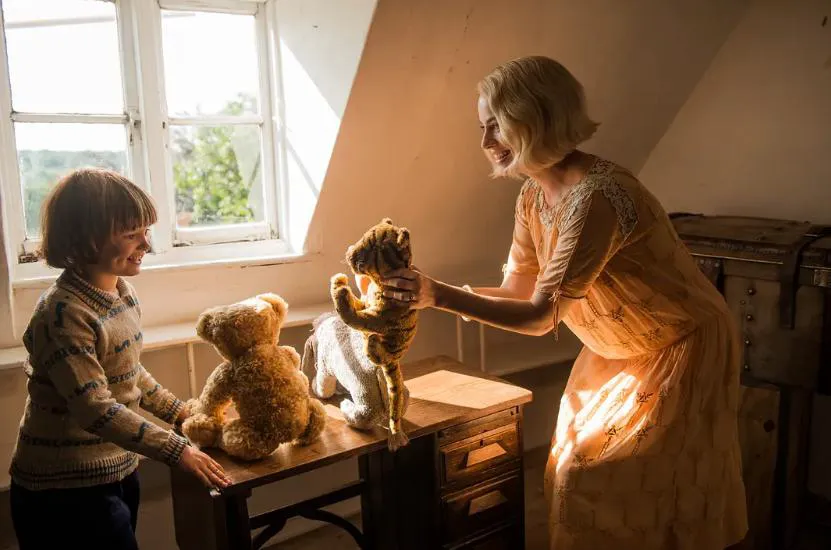
“Goodbye Christopher Robin” deeply explores the father-son relationship between Milne and Christopher Robin through careful emotional portrayal. From affection and companionship to trust, emotional conflict, and the expectations and care associated with dual roles, the film intricately depicts the richness of this unique relationship through multiple layers of emotion.
Creative Inspiration and Childhood Memories
“Goodbye Christopher Robin” illustrates how Milne draws creative inspiration from his interactions with his son. Christopher Robin often spends quality time with his father, exploring the forest, playing games, and creating characters. These interactions provide Milne with rich material and inspiration for his fairy tales, infusing his work with the innocence and imagination of childhood.
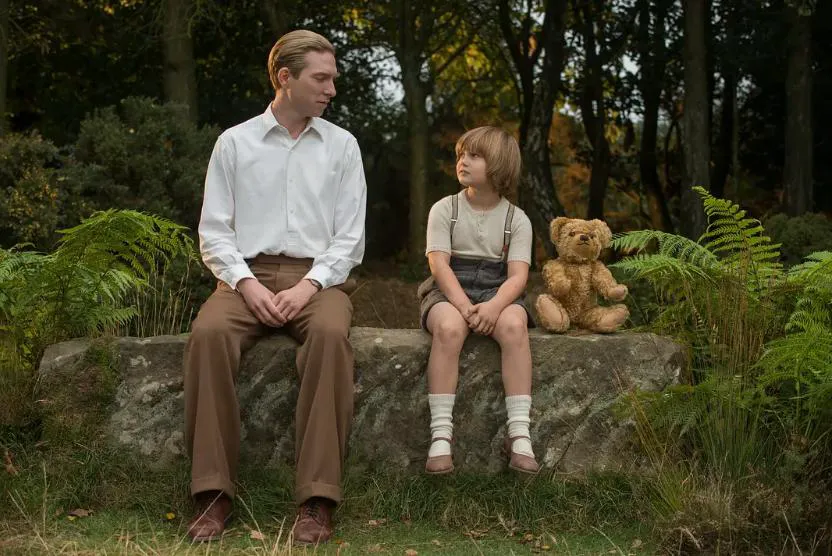
The film showcases how Milne integrates family life with his creative process. He draws inspiration from his time with his son, incorporating these emotions and memories into his fairy tales. This integration not only makes his work more vivid and engaging but also adds a deeper emotional layer to his creations.
By showcasing how Milne infuses his emotions into his work, the film profoundly depicts the intertwining of his emotions with those of his son. He seeks his son’s companionship and support during the creative process, transforming his inner emotions into words and stories, making his work more profound and emotionally resonant.
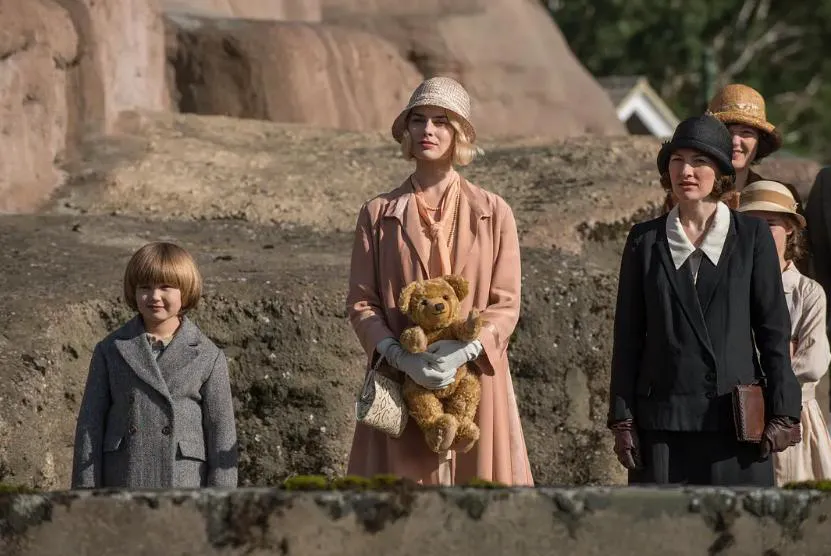
The film showcases Christopher Robin’s childhood memories, which become a source of inspiration for his father’s work. The joy, games, imagination, and close relationship with his father all become important elements in Milne’s stories, lending authenticity and warmth to his work.
The film depicts how Milne projects his emotions with his son into his stories. He expresses his longing for his son’s innocent childhood by creating characters full of innocence and fantasy. These characters are not just products of creation, but also an extension of his emotions with his son.
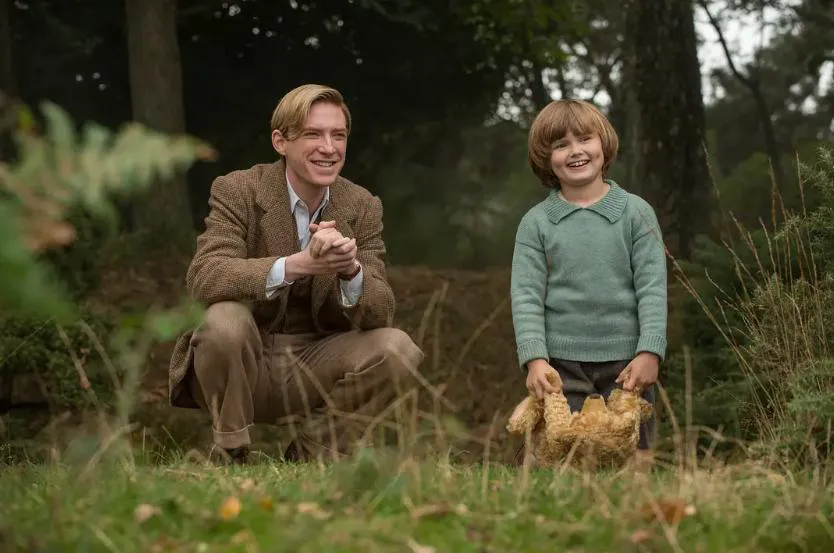
It presents how the fairy tales created by Milne became a precious legacy in the family. These works are not only his creations, but also the inheritance and continuation of his emotions with his son. Through his works, he passed on the beautiful memories and emotions of childhood to the next generation.
“Goodbye Christopher Robin” profoundly demonstrates the deep emotional connection and creative link between Milne and Christopher Robin through the presentation of creative inspiration and childhood memories. By integrating family life and creation, Milne created colorful fairy tales, projecting his son’s childhood memories and emotions into his works. This creative process is not just the creation of a writer, but also an exchange and inheritance of father-son emotions, giving the film a deeper emotional level.
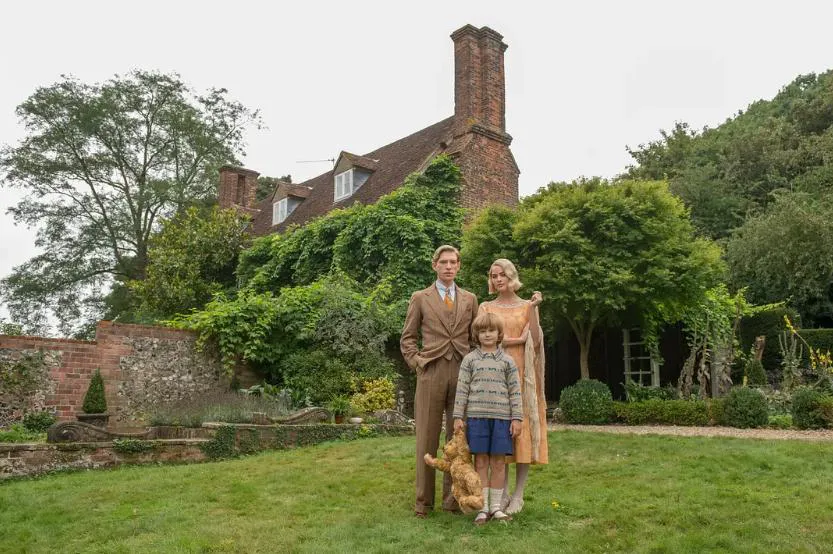
The Joys of Childhood and the Challenges of Growth
Through carefully constructed scenes and emotional expressions, the film presents the beautiful moments of Christopher Robin’s childhood. He spends many happy times with his father, Milne, in the English countryside, exploring forests, playing games, and creating characters, all of which are full of innocence and happiness. This wonderful childhood experience creates happy memories for Christopher and leaves a valuable emotional foundation for his adult life.
It also shows the family and social pressures Christopher Robin faces as he grows up. His father Milne’s creative career brings distractions, and the family is gradually neglected. Social changes also affect Christopher’s growth, and war and social changes bring unease and confusion to his childhood.
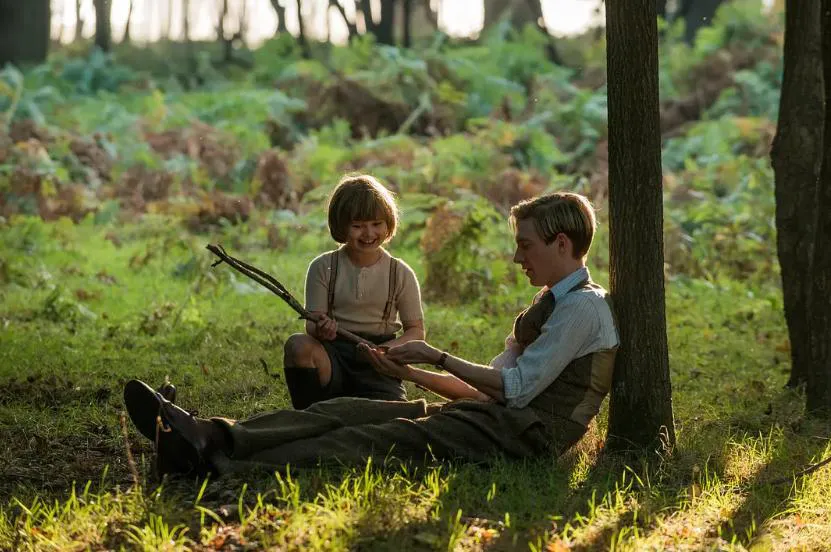
It shows the transformation of Christopher Robin’s childhood emotions. From the initial happiness and carefree to the later emotional conflicts and inner struggles. He gradually feels his father’s alienation and changes in the family, which affects his emotions. His emotional transformation also presents the psychological changes in his growth process in the film.
It shows the challenges Christopher Robin faces in his personal development. As an adult, he joins the army and participates in the war, which makes him more mature, but also brings psychological trauma. War experiences and family problems put him into emotional confusion and struggle, affecting his career and interpersonal relationships.
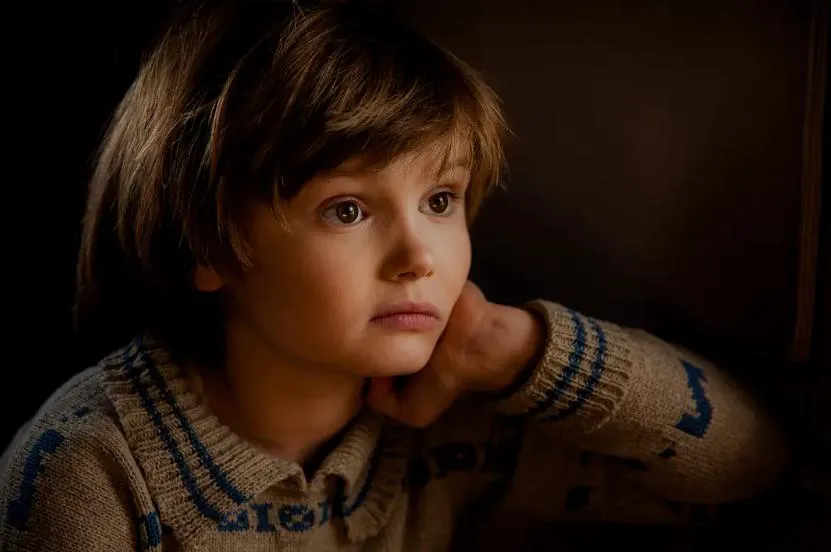
The film shows the complexity of the relationship between Christopher Robin and his father, Milne. From closeness in childhood to alienation in adulthood, their relationship has undergone many changes. In the film, Christopher’s feelings for his father are both understanding and resentment. He desires his father’s company, but also hopes to have his own space in his career and family.
Although Christopher Robin experienced many challenges and difficulties, he eventually found his own path through inner growth and effort. In his adult life, he constantly seeks balance, rediscovers his creative abilities, and finds a compromise between family and career.
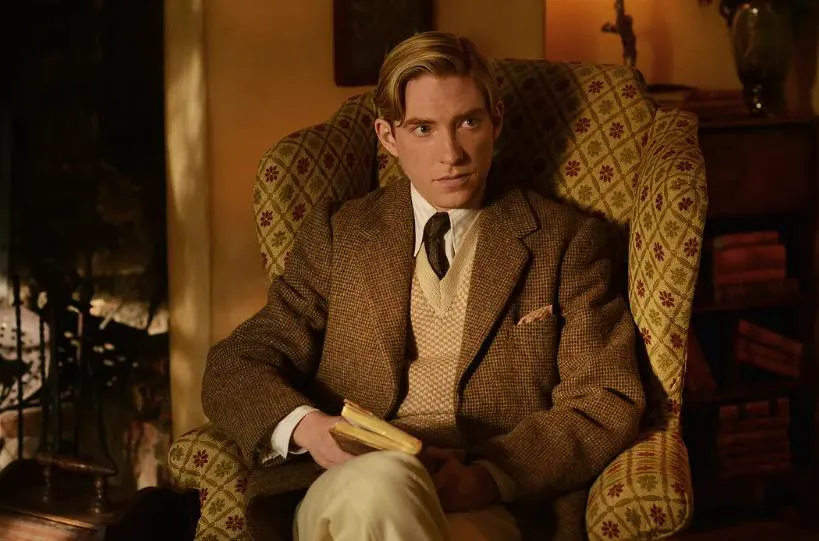
“Goodbye Christopher Robin” profoundly portrays Christopher Robin’s personal development process by showing the joys of Christopher Robin’s childhood and the challenges of growth. The family pressure, social changes, and changes in personal emotions shown in the film all affect his relationship with his father and his life trajectory.
Conclusion:
Through a true story, the film presents the special relationship between Milne and Christopher Robin to the audience. This deep father-son emotion, the mutual influence of creative inspiration, and the preciousness of childhood memories are all expressions of humanity and emotional exchange. This human desire and emotional expression touches the hearts of the audience and triggers deep resonance.
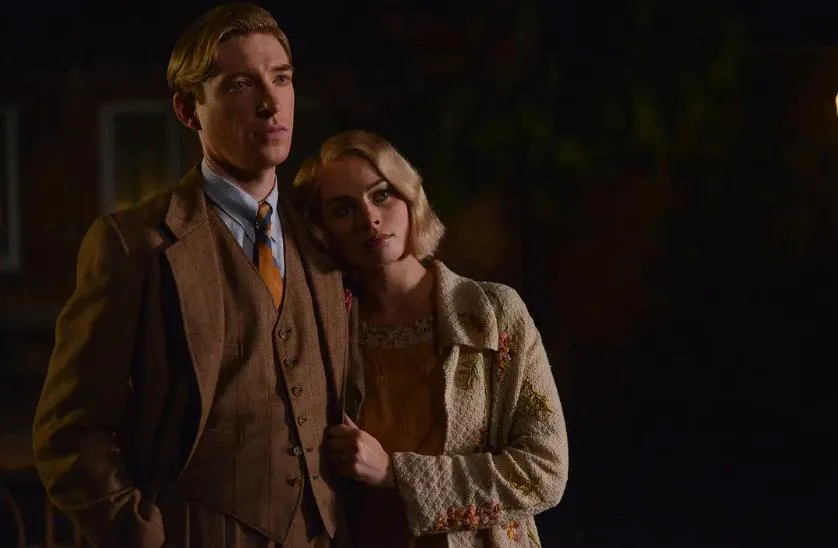
It reveals the complexity of family relationships, especially in creative careers and personal growth. As a father and writer, Milne seeks balance between family and creation, and also experiences emotional ups and downs. Between the joys of childhood and the challenges of growth, Christopher Robin also faces emotional changes and confusion. This complexity makes the film more profound and authentic.
It shows how creative inspiration is drawn from life, and emotions are expressed in creation. Milne created classic fairy tales through his interactions with his son and Christopher Robin’s childhood experiences. This fusion of creation and emotion makes his works more touching and rich, and also adds depth to the relationship between father and son.
